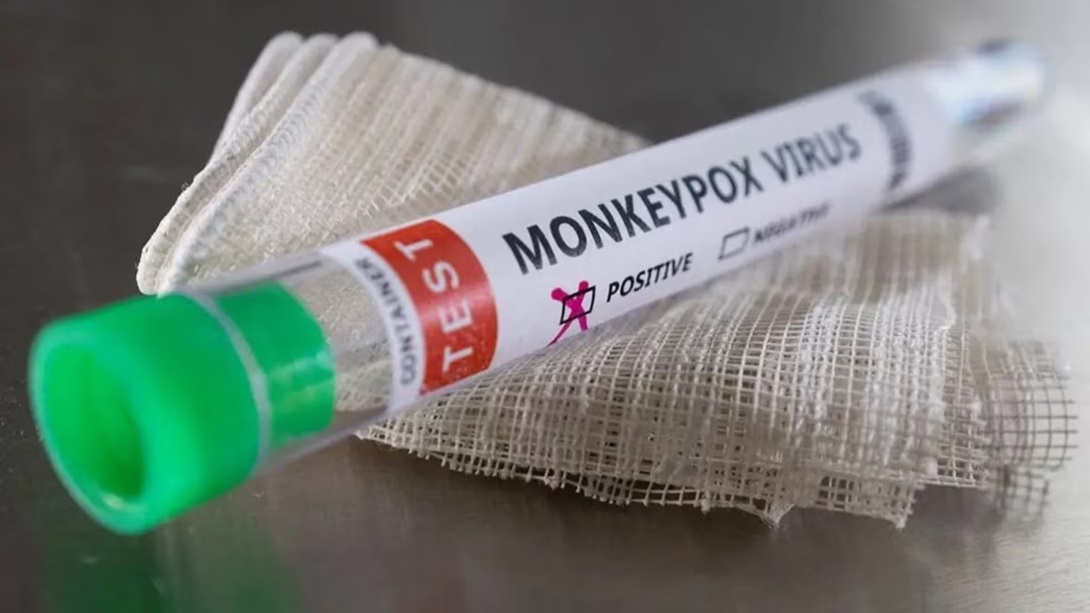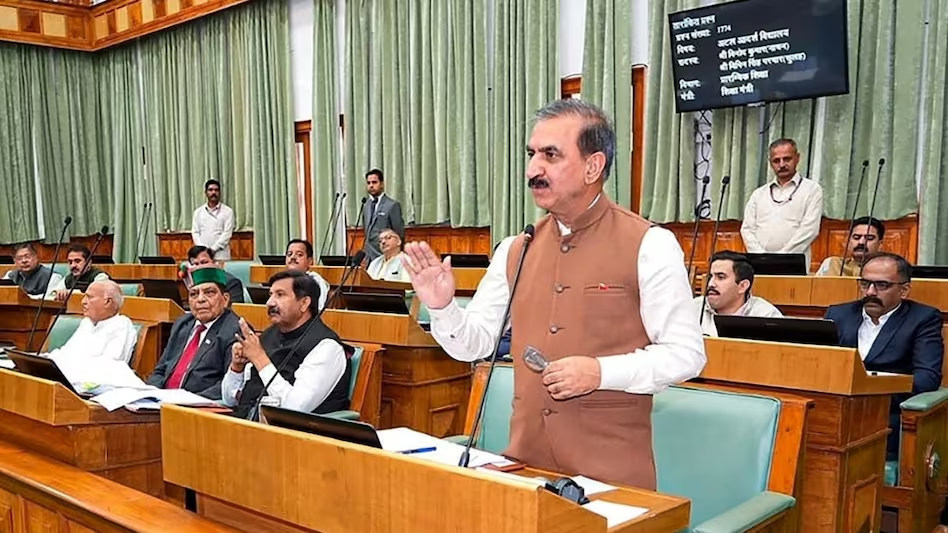- Courses
- GS Full Course 1 Year
- GS Full Course 2 Year
- GS Full Course 3 Year
- GS Full Course Till Selection
- Answer Alpha: Mains 2025 Mentorship
- MEP (Mains Enrichment Programme) Data, Facts
- Essay Target – 150+ Marks
- Online Program
- GS Recorded Course
- Polity
- Geography
- Economy
- Ancient, Medieval and Art & Culture AMAC
- Modern India, Post Independence & World History
- Environment
- Governance
- Science & Technology
- International Relations and Internal Security
- Disaster Management
- Ethics
- NCERT Current Affairs
- Indian Society and Social Issue
- NCERT- Science and Technology
- NCERT - Geography
- NCERT - Ancient History
- NCERT- World History
- NCERT Modern History
- CSAT
- 5 LAYERED ARJUNA Mentorship
- Public Administration Optional
- ABOUT US
- OUR TOPPERS
- TEST SERIES
- FREE STUDY MATERIAL
- VIDEOS
- CONTACT US
Mpox Declared a Global Health Emergency
Mpox Declared a Global Health Emergency

On August 14, 2024, The World Health Organization (WHO) has once again declared Mpox a global public health emergency due to a significant surge in cases, particularly in the Democratic Republic of Congo (DRC), and its spread to neighboring countries.
Key points:
What is Mpox:Mpox, previously known as monkeypox, is a viral infection caused by a DNA virus from the Poxviridae family. Although first identified in monkeys in 1958, the virus also affects humans. Recent outbreaks have highlighted the need for better prevention and control measures, especially given the virus's evolving nature and its impact on global health. Key points :
Note:
|
WHO's Action:
-
- The declaration of a Public Health Emergency of International Concern (PHEIC) allows for expedited research, funding, and global health responses.
- This is the second PHEIC for Mpox in three years; the previous declaration was in July 2022.
- Current Situation:
- The DRC has reported over 14,000 Mpox cases and 524 deaths this year.
- The Africa Centres for Disease Control and Prevention (Africa CDC) has reported over 17,000 suspected cases and more than 500 deaths across 13 African countries, marking a 160% increase from the previous year.
- Vulnerable Populations:
- Women and children under 15 are particularly at risk.
- The rapid spread of a new Mpox strain in eastern DRC and neighboring countries raises concerns about further expansion.
Implications:
- The emergency declaration highlights the urgent need for immediate and coordinated global action to control the outbreak.
- Enhanced international support and robust public health measures are critical to managing and mitigating the impact of Mpox.
Next Steps:
- Increased global collaboration on research and response efforts.
- Continued monitoring and rapid containment strategies to address the escalating outbreak.
Conclusion: The reclassification of Mpox as a global health emergency underscores the severity of the current outbreak and the potential for widespread impact if not effectively managed. The WHO's elevated alert status aims to galvanize international support and accelerate efforts to contain the virus. As Mpox cases continue to rise, especially in vulnerable regions, a unified global response will be crucial in preventing further spread and mitigating the health risks associated with the disease.




